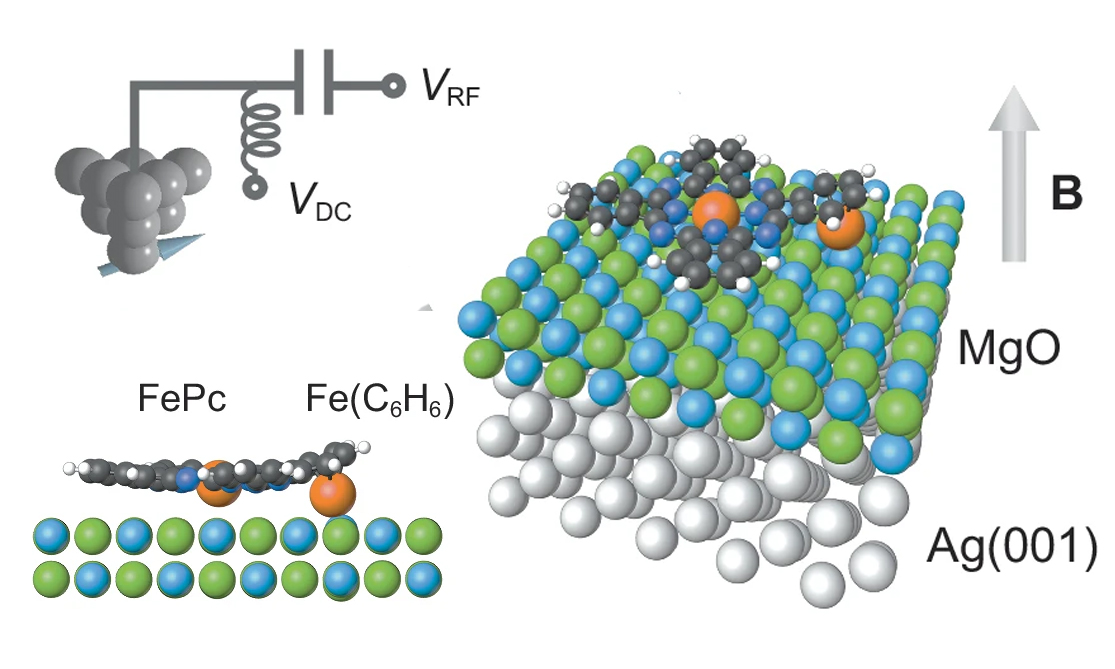Nature Communications: Quantum Spin Engineering in Molecular Double-Magnet Structures
Electrons have an intrinsic angular momentum, also known as spin, which makes them tiny magnets. This property forms the basis for information processing and sensing in quantum technology. Here, the design and control of spin structures at the atomic level pose a major challenge. In the journal Nature Communications, Philip Willke and colleagues present a new strategy to significantly improve the lifetime and coherent control of molecular spin qubits.
In digital data processing and storage, bits represent the smallest unit of information: either 1 or 0. Qubits, or quantum bits, can exist in the states 1 and 0 simultaneously, as well as in any superposition of these states. This enables parallel computation with multiple states and the use of novel computational methods. However, a disadvantage is the instability of the quantum state: only with sufficient isolation can the properties be preserved long enough that is the spin remaining aligned in a specific direction. Reading out this information is particularly challenging, as it can easily lead to unwanted interactions. “To protect the quantum information, we create a double-magnet structure with two iron atoms located within a molecule,” explains Philip Willke. “You can think of it as a sandwich: it’s enough to make contact with the top or bottom layer to gain information about the entire magnetic system. This protects the rest of the structure and, in our experiment, extended the spin’s lifetime by a factor of five.” The double-magnet structure thus offers a promising system for quantum sensing, simulation, or information processing as well as a versatile platform for studying complex magnetic interactions. To create this structure which does not occur naturally, the researchers used the fine tip of a scanning tunneling microscope to connect an iron atom with an iron phthalocyanine molecule like in a modular construction kit.

